Case Study: Walter Lilly -v- Giles Mackay [2012] EWHC 1773 (TCC)
Walter Lilly vs. DMW & Giles Mackay is one of the most high profile disputes handled by the firm. The judge leading the Technology and Construction Court (TCC) in London in this case was Mr Justice Akenhead. Tony Hunter, our partner who leads on dispute resolution matters, acted as the quantum expert on behalf of Walter Lilly. The judge expressed a preference for Mr Hunter’s evidence in his judgment. He also noted that the quantum experts had managed to narrow what was an acrimonious dispute. Extracts from Mr Justice Akenhead’s judgment:
(2 ) ”… this litigation is very old-fashioned because it has involved a full-blooded conflict between the parties in which there seems to have been little, no or belated room for compromise, although the quantum experts have gone some way to reducing what is in issue.”
(101) “In relation to the quantum experts, both are experienced quantity surveyors with experience of litigation. I much preferred the approach of Mr Hunter which was pragmatic and down to earth.”
This was a multi-million pound claim. Walter Lilly succeeded in most of the claimed issues in the judgment. The unsuccessful defendant later sought, but was refused, permission to appeal. The judgment is on public record.
Key decision
This judgment brought clarity to several practical issues that arise in construction disputes:
- How extensions of time are to be assessed.
- How loss and expense claims should be considered.
- The correct approach to global claims.
Legal experts regularly quote this decision as an authoritative reference point for handling, making or reviewing such claims.
Mr. Hunter, on behalf of the claimant, handled all quantum matters in the dispute with their client. The dispute arose from a construction contract for a residential building in London. Our work began with a review of Walter Lilly’s claim before issuing the letter of claim and particulars of claim. We assisted as they developed their claim, and prepared and issued statements and expert reports. During the trial, Tony Hunter provided oral evidence and responded to queries to prepare for the defendant’s appeal.
Activities
Activities undertaken following instruction:
- Review and comment on Walter Lilly’s case as presented.
- Advice on issues that need addressing when pursuing a claim.
- Comment and advice on the claimant’s claim as it develops. Primarily, this was via the instructing solicitor, although it was also with the claimant, leading and junior counsel.
- Met with quantum experts appointed on numerous occasions. Here, we reviewed respective submissions and evidence, and attempted to narrow the issues.
- Production of report on quantum matters. This followed a review of the evidence, together with the finally submitted Particulars of Claim, Defence, Counterclaim and Reply and Defence to Counterclaim (following numerous re-submissions by each of the parties).
- With the other party’s appointed quantum expert, we produced four joint statements to narrow down the issues in dispute. Moreover, the quantum experts were able to provide advice on whether either party accepted the other’s position following comment from the experts.
- Reviewed the other quantum expert’s report and issued a supplementary report on matters arising.
- Provided oral evidence, including being cross-examined on the report, during the trial.
Quantum
Quantum matters addressed included:
- Valuation of building works.
- Review of prime cost included in loss and expense submissions.
- Cause and effect linkage for loss and expense submissions, including ‘global’ claim issues.
- Review of subcontractors loss and expense claims.
- Review of defendant’s ‘no loss’ argument.
- Acceptability of subcontractor claim settlements in the contractor’s claim.
- Applicability and ascertainment of claim for additional overheads and profit.
- Calculation of Liquidated and Ascertained Damages (LADs).
- Applying apportionments.
- Considering whether certain work had been instructed and, if so, its valuation.
- Correct methodology for applying percentage adjustments in valuations.
- Applying discounts.
- Claim preparation costs.
- Finance charge calculations.
- Valuation of counterclaim for alleged defective work.
Workload and Procedural Issues
Numerous case conferences were attended with the appointed solicitors, junior and leading counsel. Additionally, responses were provided to queries raised by the legal team. Reports and oral evidence were provided following the requirements of Part 35 of the Civil Procedure Rules, Practice Direction 35 and RICS Practice Statement for Surveyors Acting as Expert Witnesses
The dispute involved a review of a significant volume of paper files. Indeed 32,000 pages of documentation were submitted to the court and the experts’ bundles contained 11,000 pages.
All deadlines were complied with as directed by the court following the various Case Management Conferences (CMCs).
At the beginning of the dispute, a court-ordered mediation occurred as part of standard case management procedures. Both quantum experts also attended several ‘principal to principal’ meetings before the trial to explore the possibility of agreeing on a settlement.
Benefits to The Client
Reducing financial and legal risk was achieved in this case by:
- Providing strategic claims advice, both orally and in writing, to the claimant as one of the initial exercises upon appointment, demonstrating the effectiveness of this advice in the final judgment.
- Providing advice on what could, and could not, be supported during the development of the claimant’s submissions.
- Narrowing the issues in dispute by agreeing and issuing four joint quantum expert statements. The final judgement acknowledged this, as noted above.
Value-added initiatives related to the advice provided, both strategically and tactically, at the outset and during development of the submissions as noted above. Examples of these are:
- Liability requirements to support a claim for additional overheads and profit.
- Structuring of the loss and expense claim to mitigate ‘global claim’ issues risk.
- Developing effective rebuttal to the defendant’s ‘no loss’ argument.
- Identifying how an alternative view on defective counterclaim work scope could be developed by utilising the technical experts knowledge gained while preparing their main reports to develop a counter-view on the defective works counterclaim quantum.
In preparing his report, Mr. Hunter was assisted by three other quantity surveyors from the firm.
This case can also be found in our projects section.

